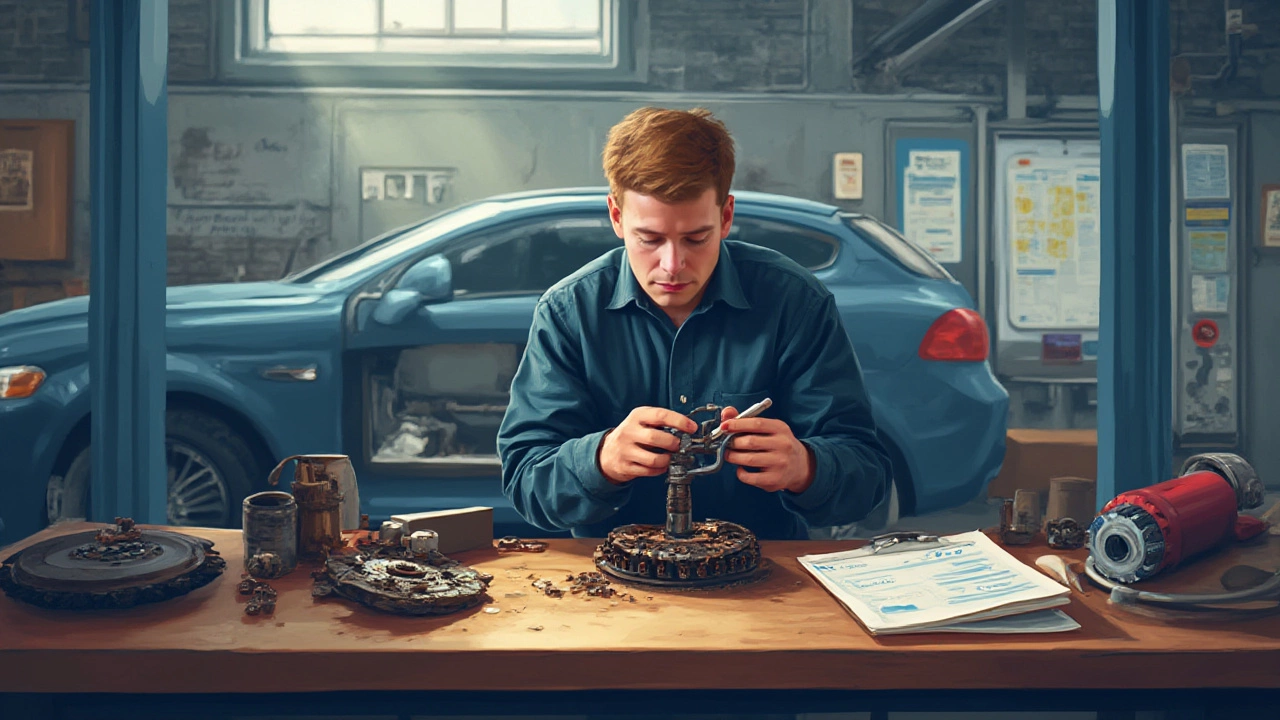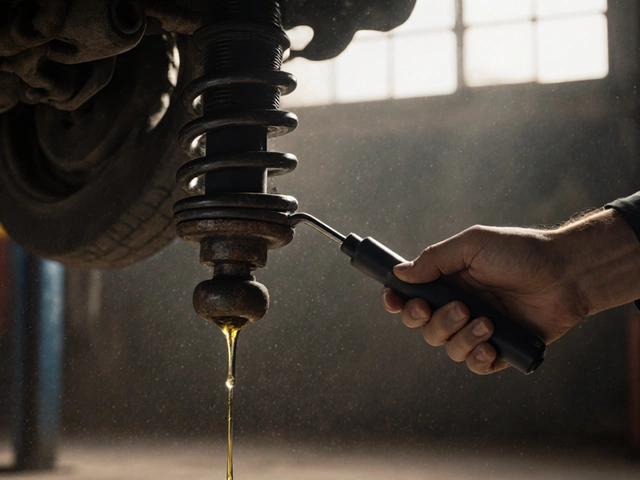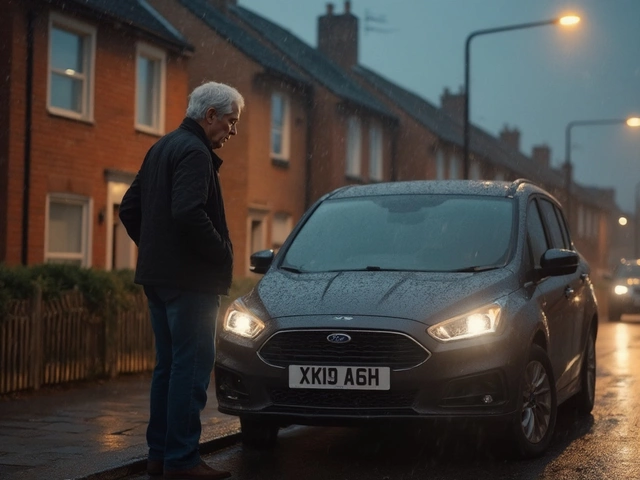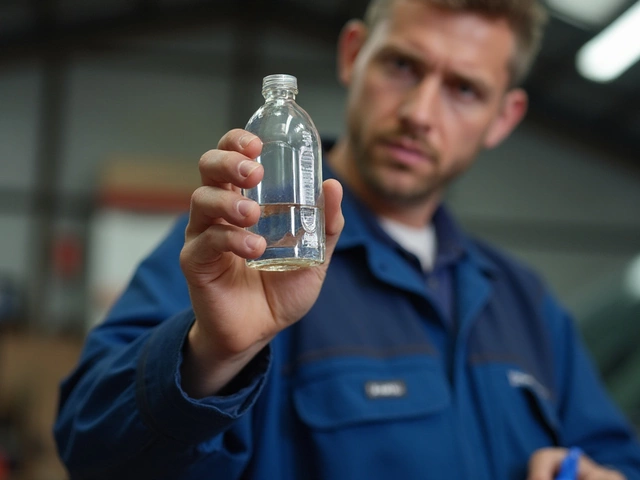Clutch Failure: What It Means, How to Spot It, and When to Fix It
If your car’s clutch feels mushy, slips, or makes a strange smell, you might be dealing with clutch failure. Ignoring the problem can damage other parts and leave you stuck on the side of the road. Below we break down the most common symptoms, why they matter, and what you can do about them without getting lost in jargon.
Common Signs Your Clutch Is Going Bad
First, listen to your car. A burning odor when you shift, especially after a hill start, usually means the clutch disc is overheating. Another red flag is a spongy or loose pedal – you press down, but the car doesn’t engage cleanly.
Slipping is the classic clutch failure symptom. If the engine revs up but the car refuses to accelerate, the clutch isn’t transferring power properly. You might also notice grinding noises when you try to shift gears, which often signals a worn‑out release bearing.
Finally, a high‑pitched squeal while the car is in gear can point to a failing clutch cable or hydraulic system. If you’ve experienced any of these, it’s time to act before the whole transmission gets drawn into the mess.
Fixing the Problem – Costs and Options
Repairing a clutch can range from a simple adjustment to a full replacement. A basic clutch kit (disc, pressure plate, throw‑out bearing) typically runs between £300‑£500 parts, while labor can add another £150‑£250 depending on the garage.
If you’re a DIY‑enthusiast, swapping the kit yourself can save a lot of cash, but you’ll need a lift, a good set of tools, and a solid guide. Our post “Clutch Kit Labour Cost Explained: 2025 Guide to Clutch Replacement Prices” breaks down the hourly rates you’ll see at most workshops.
For performance seekers, a Stage 2 clutch kit offers stronger grip and higher torque capacity. The article “Stage 2 Clutch Kit Explained: Benefits, Performance, and Why Drivers Upgrade” explores when an upgrade makes sense and what extra cost you’re looking at.
When budgeting, remember that related parts – like the flywheel or hydraulic cylinder – may also need resurfacing or replacement. A shop that spots the whole picture early can prevent surprise invoices later.
Driving with a bad clutch is risky. As we outlined in “Is It Safe to Drive With a Bad Clutch? Symptoms, Risks, and Real‑World Advice,” you risk losing power mid‑merge, damaging the transmission, or even causing a safety hazard on the motorway.
Bottom line: don’t wait for the clutch to completely fail. Early detection, a clear idea of repair costs, and choosing the right kit for your driving style will keep your car shifting smoothly and your wallet happy.
 13 July 2025
13 July 2025
Clutch Replacement Costs: Real Prices, Causes, and Savings Tips
Wondering how much it costs to fix a burnt clutch? Explore real repair prices, why clutches burn out, and smart ways to save money next time.
Latest Posts
-

How to Improve Suspension Comfort: Simple Upgrades for a Smoother Ride
-

Suspension Noise Types: Three Sounds That Signal Trouble
-

Signs Your Brake Pads Need Replacement: A Comprehensive Guide
-

Exploring the Lifespan of Car Engine Oil for Optimal Performance
-

Ensuring Vehicle Safety: How to Check for Loose Suspension Parts

0